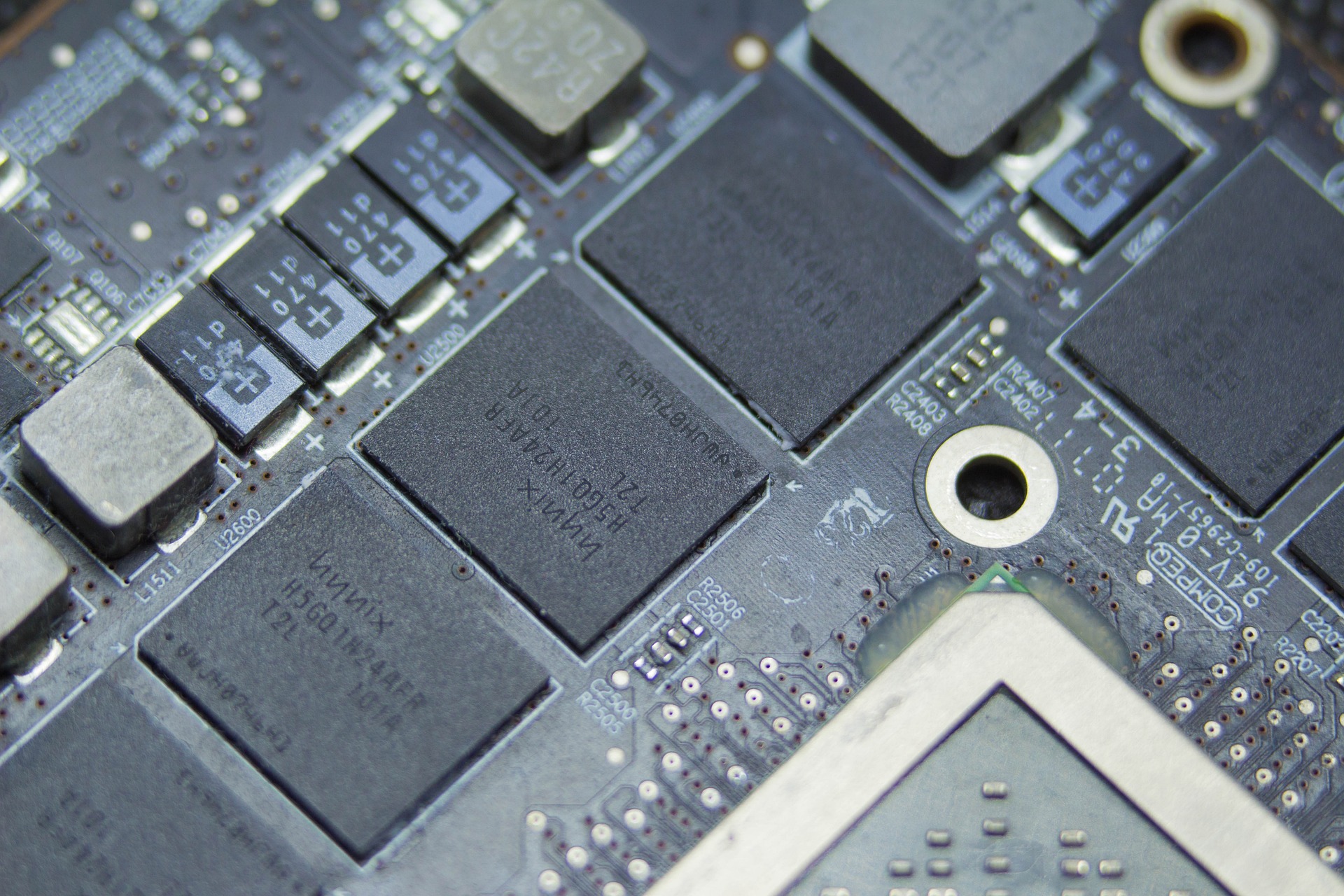"Augmented Reality Glasses: The New Wave in Consumer Electronics"
The world of consumer electronics is set for another seismic shift, thanks to the advent of augmented reality (AR) glasses. This rapidly evolving technology promises to change the way we interact with our digital devices and the world around us, offering an immersive experience that seamlessly blends the physical and digital realms.

The Dawn of Augmented Reality Glasses
The concept of AR glasses isn’t new. In fact, it’s been around for a couple of decades. The early iterations of the technology, however, left much to be desired. Early models were bulky, expensive, and had limited functionality. But over the years, major advancements in technology have led to significant improvements in design, functionality, and affordability, making AR glasses more appealing to the average consumer.
Current Trends and Developments
Today, tech giants like Apple, Google, and Facebook are investing heavily in AR glasses, signaling a major shift in the consumer electronics market. Apple, for instance, is rumored to be working on a pair of AR glasses that could replace the iPhone within a decade. Google, on the other hand, has been experimenting with AR glasses for years, with its Google Glass project. Meanwhile, Facebook, in collaboration with Ray-Ban, recently launched its first pair of smart glasses, offering a glimpse into the future of wearable technology.
Pricing and Market Impact
While the exact price points for these upcoming devices are yet to be announced, it’s clear that AR glasses will not come cheap, at least in the initial stages. However, as technology improves and economies of scale kick in, we can expect prices to drop over time, much like what happened with smartphones and tablets.
The impact of AR glasses on the market will be profound. They have the potential to disrupt a range of industries, from gaming and entertainment to education and healthcare. They could change the way we consume media, interact with our devices, and even how we communicate with each other.
Backed by Research
Research firm IDC predicts that spending on AR/VR products and services will reach $18.8 billion in 2020, up from $10.5 billion in 2019, signalling a growing interest and investment in this technology. Furthermore, a study by Statista projects that by 2023, the worldwide user base of AR glasses will reach 2.6 billion, emphasizing the potential mass appeal of this technology.
Making Complex Technology Engaging
Despite their technical complexity, AR glasses are designed to be straightforward and intuitive to use. Much like a smartphone or tablet, they will offer a user-friendly interface that seamlessly integrates with our daily lives. Imagine walking down the street, receiving directions, checking the weather, and answering calls, all without ever looking at your phone. That’s the promise of AR glasses.
In conclusion, AR glasses represent the next frontier in consumer electronics. As technology continues to evolve, they will become increasingly integrated into our daily lives, fundamentally altering the way we interact with the digital world. For tech enthusiasts and consumers alike, there’s much to anticipate and explore in this exciting new realm.






